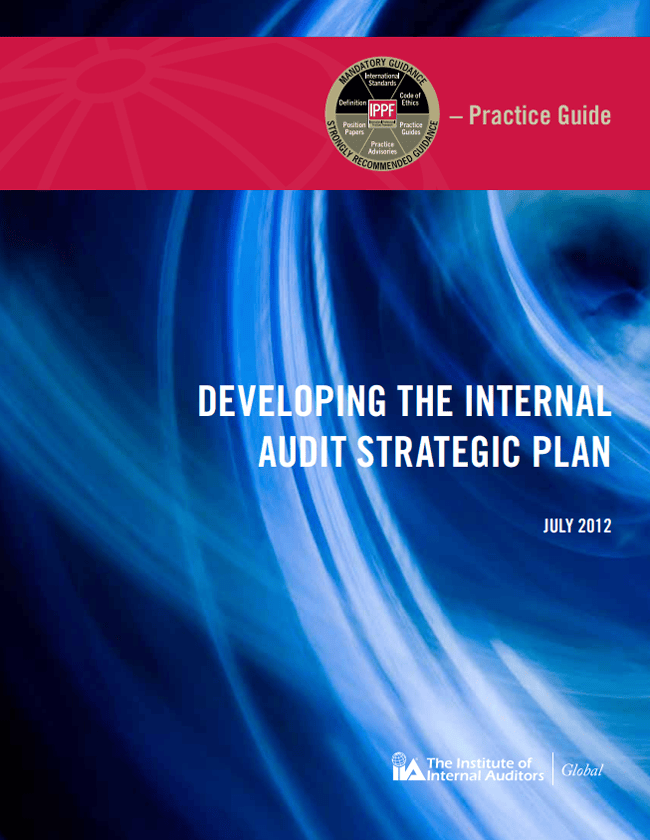Practice Guide: Developing the Internal Audit Strategic Plan
Guidance | September 10, 2021

For internal audit to remain relevant, it must adapt to changing expectations and maintain alignment with organizational objectives. The internal audit strategy is fundamental to remaining relevant — playing an important role in achieving a balance between cost and value, while making meaningful contributions to the organization’s overall governance, risk management, and internal controls. A systematic and structured process can be used to develop the internal audit strategic plan, helping to enable the internal audit activity to achieve its vision and mission. This Practice Guide discusses critical steps necessary to develop a comprehensive internal audit strategic plan, including:
- Understand the relevant industry(ies) and the organization’s objectives.
- Consider the IPPF Standards and Guidance.
- Understand stakeholder expectations.
- Update the internal audit vision and mission.
- Define the critical success factors.
- Perform a SWOT analysis.
- Identify key initiatives.